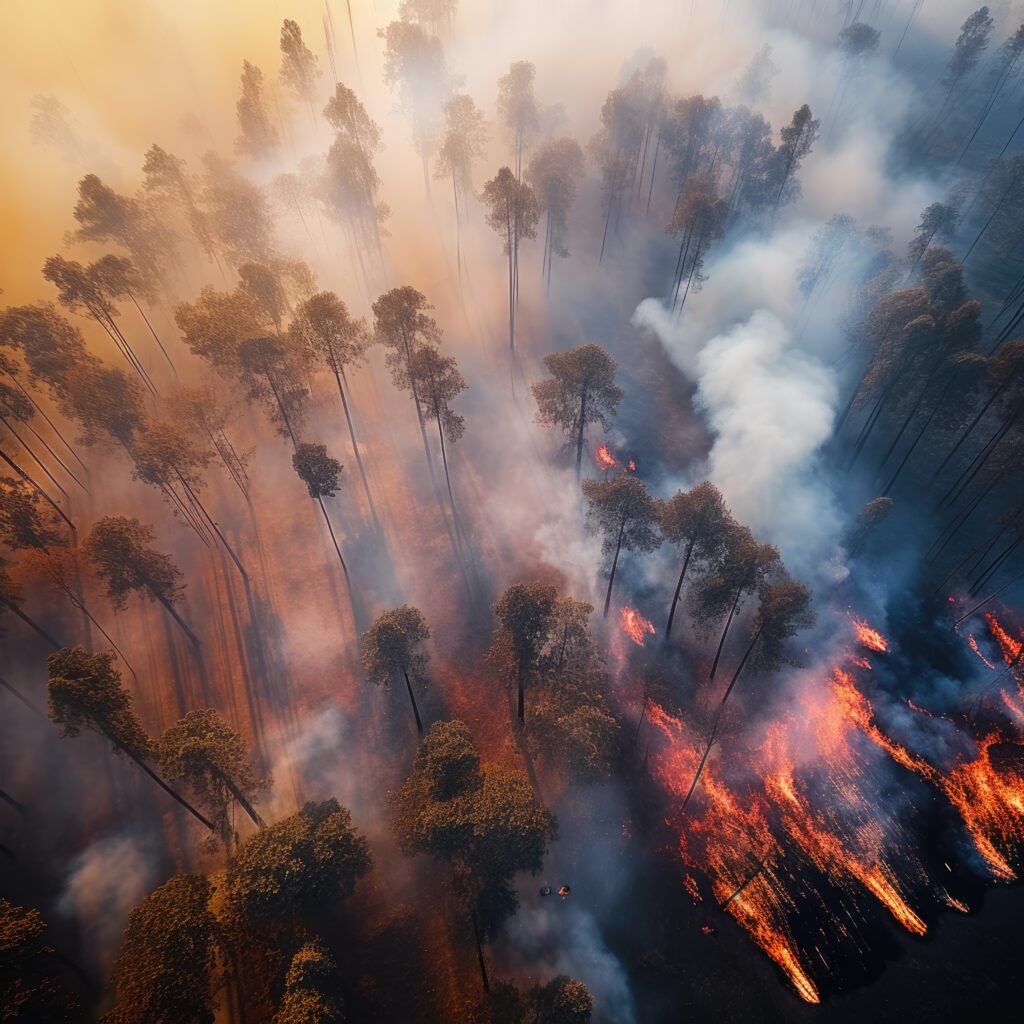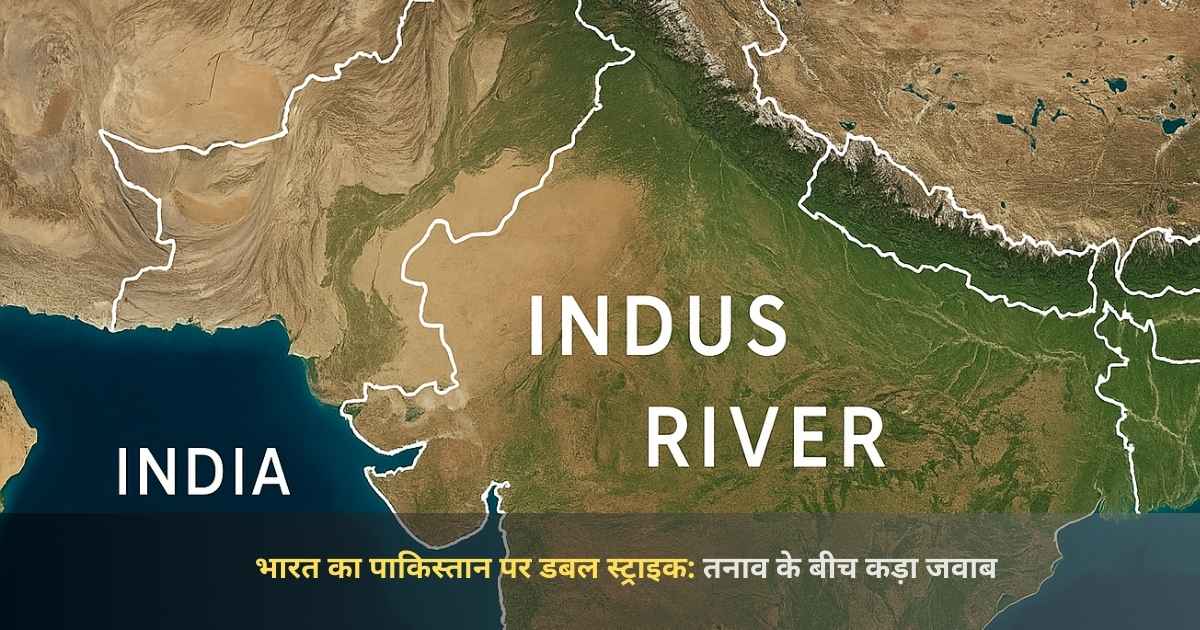Unraveling the California Wildfires: Causes, Impact, and Solutions

California Wildfires

Introduction to the California Wildfires
California is no stranger to Wildfires. These fiery disasters have become an annual challenge, wreaking havoc on lives, infrastructure, and ecosystems. The state’s unique geography, climate, and vegetation make it particularly prone to wildfires, and with climate change intensifying their frequency and severity, they have become a focal point of national and international concern.
The Science Behind California Wildfires
Climatic Conditions Fueling the Fire
California’s Mediterranean climate is Characterized by long, dry summers and wet winters. This climatic pattern creates the perfect breeding ground for wildfires. Drought conditions, often exacerbated by La Niña phenomena, dry out vegetation, turning it into fuel. Additionally, strong winds such as the Santa Ana and Diablo winds accelerate the spread of wildfires, carrying embers across vast distances.
Human Activities as Catalysts
Human activities are a leading cause of Wildfires in California. These include negligent acts like unattended campfires, discarded cigarette butts, and sparks from faulty equipment. Intentional arson also contributes to the problem. Urban expansion into forested areas further exposes people and structures to potential fire zones.

Devastating Impacts of California Wildfires
Environmental Destruction
The ecological toll of wildfires is staggering. Entire forests are reduced to ash, leading to habitat loss for countless species. Soil erosion, water contamination, and air pollution follow, with smoke containing harmful particles that pose respiratory risks to humans and animals alike.
Economic Repercussions
Wildfires inflict heavy financial losses. The economic burden is immense from property damage and firefighting costs to loss of agricultural productivity. Insurance claims often soar, and rebuilding efforts can take years, disrupting local economies.
Humanitarian Crises
Wildfires lead to displacement, loss of lives, and long-term health issues. The psychological impact on affected communities cannot be overstated, as residents grapple with trauma, grief, and uncertainty about the future.
Key Measures to Mitigate Wildfires
Proactive Forest Management
Effective forest management can significantly reduce wildfire risks. Practices such as controlled burns, clearing underbrush, and thinning overgrown forests help remove excess fuel. Although expensive, these measures are crucial in preventing uncontrollable wildfires.
Advanced Early Detection Systems
Technological advancements offer promising solutions for early wildfire detection. Satellite imagery, drones, and AI-based monitoring systems can provide real-time updates, enabling faster response times and minimizing the spread of fires.
Community Awareness and Preparedness
Educating the public on fire safety and emergency preparedness is vital. Initiatives like evacuation drills, creating defensible spaces around homes, and promoting fire-resistant building materials can save lives and reduce property damage.

The Role of Climate Change in Wildfires
Climate change is amplifying the severity and frequency of wildfires in California. Rising temperatures, prolonged droughts, and unpredictable weather patterns are creating a new normal where wildfires are more intense and harder to control. Addressing climate change is therefore essential in mitigating the long-term threat of wildfires.
Global and Local Climate Action
Policymakers must prioritize renewable energy, reduce carbon emissions, and implement sustainable land-use practices. Locally, California can continue to lead by example with its ambitious climate goals and green initiatives.
Innovative Solutions to Combat Wildfires
Fire-Resistant Infrastructure
Building materials that resist ignition, such as tempered glass and metal roofs, can reduce the vulnerability of homes and structures. Smart technologies like fire-resistant coatings and automated sprinkler systems add another layer of protection.
Harnessing Technology
Emerging technologies, such as AI-driven predictive models and heat-sensing drones, provide critical insights into wildfire behavior. These tools allow firefighters to deploy resources more efficiently and contain fires before they escalate.
Reforestation and Recovery Efforts
Restoring burned areas through reforestation ensures long-term ecological recovery. Planting native, fire-resistant vegetation helps stabilize soil and rebuild ecosystems while supporting wildlife populations.

Conclusion
The California wildfires represent a formidable challenge that requires a multi-faceted approach. By addressing climate change, investing in technology, and promoting community resilience, we can mitigate their devastating impact. Collaborative efforts among government agencies, private organizations, and individuals are key to safeguarding California’s future.






